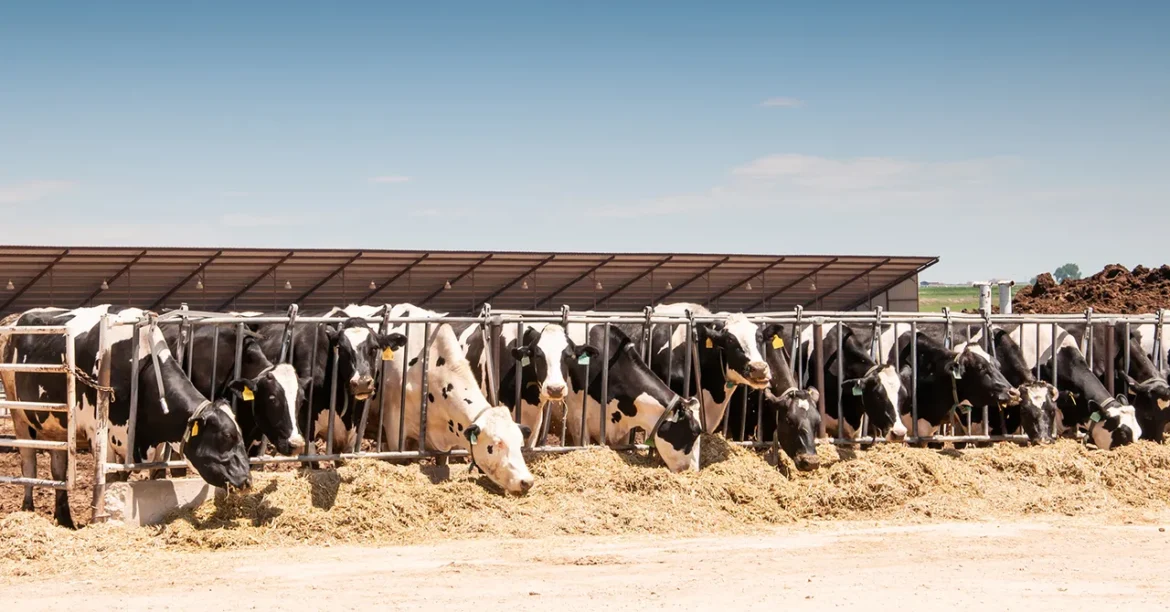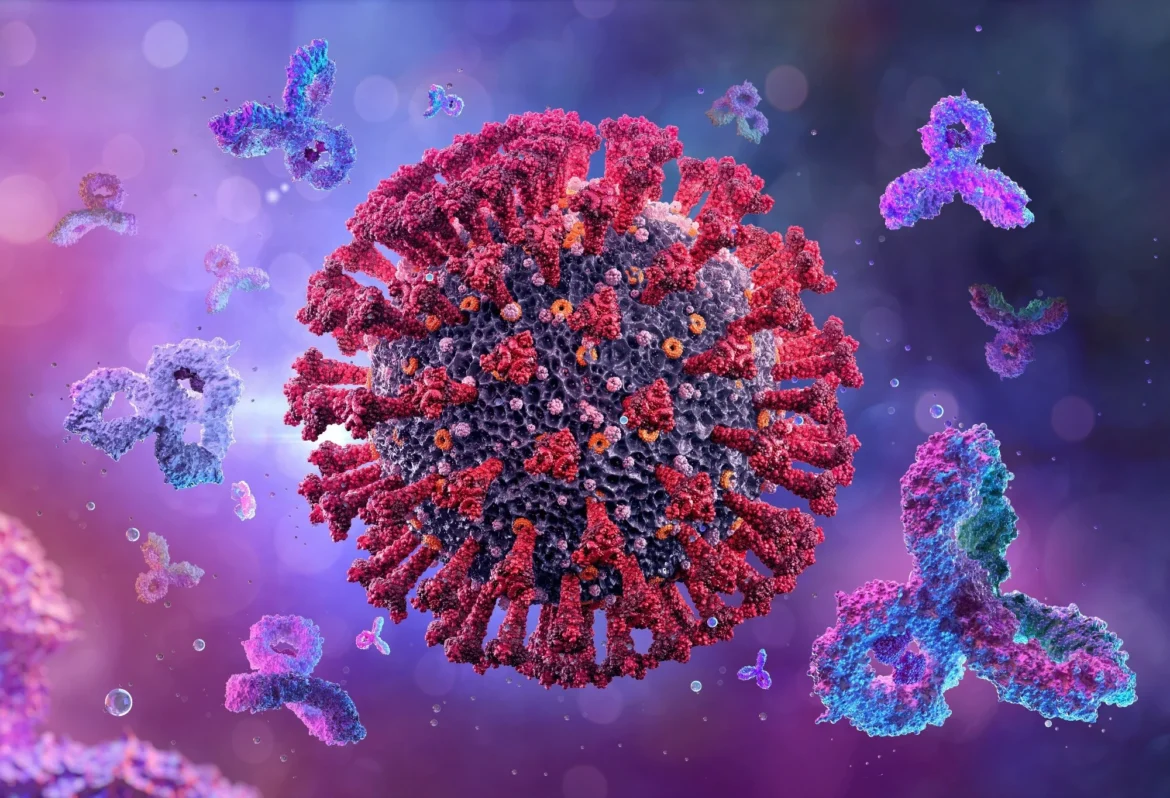Marburg virus Cases: Recently, there has been a rise in cases of the Marburg virus, which has become a global concern. Is India also at risk of this new threat? In this video, we will provide you with important information about the Marburg virus, its symptoms, modes of transmission, and whether India should be worried about its potential spread. Learn essential facts about this virus and whether we can take preventive measures to stay safe.
Marburg Virus: Understanding the Global Concern and Its Relevance to India
The Marburg virus, a member of the filovirus family, has recently captured global attention due to a rise in reported cases in various parts of the world. Closely related to the Ebola virus, the Marburg virus is a highly infectious pathogen that causes Marburg Virus Disease (MVD), a rare but severe hemorrhagic fever. The outbreaks have raised alarms among health experts and global health organizations, including the World Health Organization (WHO). With increased globalization, questions are being raised about the potential risk for India and the preparedness of its healthcare system to deal with such a threat. Let’s delve deeper into the origins, symptoms, transmission, and preventive measures against the Marburg virus, and examine whether India should be worried about this deadly disease.
What is the Marburg Virus?
The Marburg virus was first identified in 1967 during simultaneous outbreaks in Marburg and Frankfurt in Germany and Belgrade in Serbia. Laboratory workers exposed to infected African green monkeys developed severe hemorrhagic fever. The virus belongs to the Filoviridae family, which also includes the Ebola virus. Like its counterpart, the Marburg virus has a high fatality rate, ranging from 24% to 88%, depending on the outbreak and available healthcare facilities.
The natural reservoir of the Marburg virus is the Rousettus aegyptiacus, commonly known as the Egyptian fruit bat. While bats harbor the virus without becoming ill, humans can contract the virus through direct contact with bat excreta or infected animals. Once the virus spreads to humans, it is highly transmissible from person to person through body fluids.
Symptoms of Marburg Virus Disease (MVD)
Marburg Virus Disease has an incubation period of 2 to 21 days, during which the virus replicates rapidly in the host’s body. Symptoms typically appear suddenly and progress rapidly.
- Initial Symptoms:
- High fever
- Severe headache
- Muscle aches and pains
- General malaise
- Advanced Symptoms:
- Severe abdominal pain and diarrhea
- Nausea and vomiting
- Jaundice (liver involvement)
- Hemorrhagic manifestations, including bleeding from the gums, nose, or puncture sites
- Critical Stage:
- Multi-organ dysfunction
- Severe blood loss leading to shock and death in severe cases
The clinical presentation of MVD closely resembles that of other hemorrhagic fevers, such as Ebola and dengue, making diagnosis challenging in the early stages.
Modes of Transmission
The Marburg virus is highly contagious and spreads through human-to-human transmission via:
- Direct Contact:
- With bodily fluids (blood, saliva, urine, vomit, sweat, breast milk, or semen) of an infected person.
- Surfaces and Objects:
- Contaminated surfaces or objects, such as bedding or clothing, can act as fomites for viral transmission.
- Healthcare Settings:
- Lack of proper infection control practices in hospitals can lead to outbreaks among healthcare workers and patients.
- Animal-to-Human Transmission:
- Handling or consuming infected animals such as bats, primates, or other wildlife can introduce the virus to humans.
Global Rise in Marburg Virus Cases
Recent outbreaks in Equatorial Guinea and Tanzania have reignited concerns about the Marburg virus. These outbreaks underscore the ease with which the virus can spread in settings with inadequate healthcare infrastructure. As of now, the outbreaks have been localized, but the high fatality rate, coupled with international travel, poses a significant risk for global transmission.
The WHO has emphasized the need for rapid containment strategies, including isolation, contact tracing, and community education, to prevent further spread.
Is India at Risk?
Given India’s population density, extensive international travel, and varied healthcare infrastructure, the possibility of the Marburg virus reaching India cannot be entirely ruled out. While no cases have been reported in India, the country is not immune to the risks posed by global pandemics.
Factors That Could Increase Risk
- Global Travel:
With frequent air travel between India and African countries, the virus could potentially be introduced by infected individuals. - Healthcare Challenges:
In rural and underserved areas, healthcare infrastructure might struggle to manage highly infectious diseases. - Wildlife and Ecological Overlap:
Bats, the natural reservoir of the Marburg virus, are found in India, increasing the theoretical risk of zoonotic spillover.
Preparedness in India
India has significantly improved its disease surveillance systems since the COVID-19 pandemic. The Integrated Disease Surveillance Programme (IDSP) and the National Centre for Disease Control (NCDC) are actively monitoring emerging infectious diseases. Moreover, India’s experience in managing past outbreaks like Nipah virus equips it to respond swiftly if needed.
Preventive Measures
While there is currently no specific vaccine or antiviral treatment for the Marburg virus, the following preventive measures can significantly reduce the risk of infection:
For Individuals
- Avoid Contact with Wildlife:
Refrain from handling bats, monkeys, or other animals that could be carriers of the virus. - Maintain Hygiene:
Regularly wash hands with soap and water, especially after visiting public places or handling animals. - Avoid High-Risk Areas:
Travelers should avoid visiting regions with ongoing Marburg virus outbreaks. - Use Protective Equipment:
Healthcare workers should wear gloves, masks, and gowns when treating suspected or confirmed cases.
For Communities
- Education and Awareness:
Educate communities about the dangers of handling bushmeat or coming into contact with bats. - Safe Burial Practices:
Prevent the handling of deceased individuals who succumbed to the virus without protective measures.
For Governments
- Strengthen Healthcare Systems:
Equip hospitals with isolation wards and adequate personal protective equipment (PPE). - Enhance Surveillance:
Early detection of cases through robust disease surveillance systems is critical for containment. - International Collaboration:
Work with global organizations like WHO to share data, resources, and expertise.
Can the Virus Be Contained?
Yes, with timely intervention, the spread of the Marburg virus can be controlled. Past outbreaks have demonstrated that containment is possible through:
- Prompt Isolation of Cases
- Rigorous Contact Tracing
- Community Engagement
- Supportive Care for Patients
While no vaccine exists, experimental treatments such as monoclonal antibodies and antiviral drugs like Remdesivir are being explored.
Should India Be Worried?
While India is not at immediate risk, the rise in global cases serves as a wake-up call for heightened vigilance. The lessons learned from the COVID-19 pandemic highlight the importance of proactive measures over reactive responses. Strengthening global health partnerships and investing in research for vaccines and therapeutics are essential steps.
Conclusion
The Marburg virus, though rare, is a deadly pathogen that requires global attention and coordinated action. While India is not currently facing an outbreak, the interconnectedness of the modern world necessitates preparedness. By educating communities, strengthening healthcare systems, and working collaboratively with international organizations, India can minimize its risk and contribute to global health security.
Understanding the Marburg virus and staying informed is the first step toward ensuring safety in an increasingly unpredictable world.







